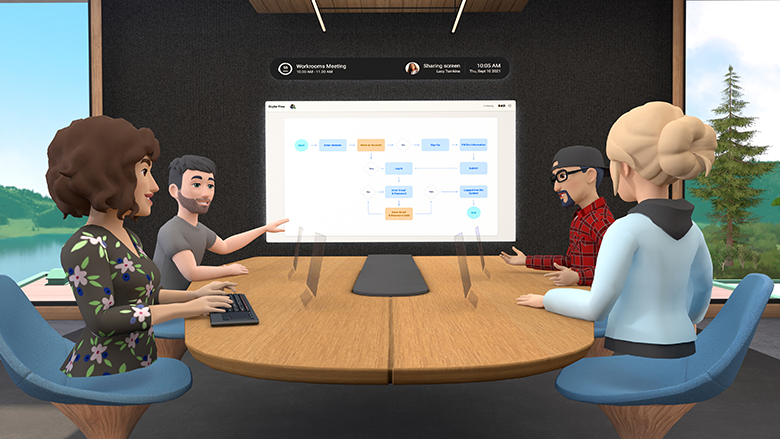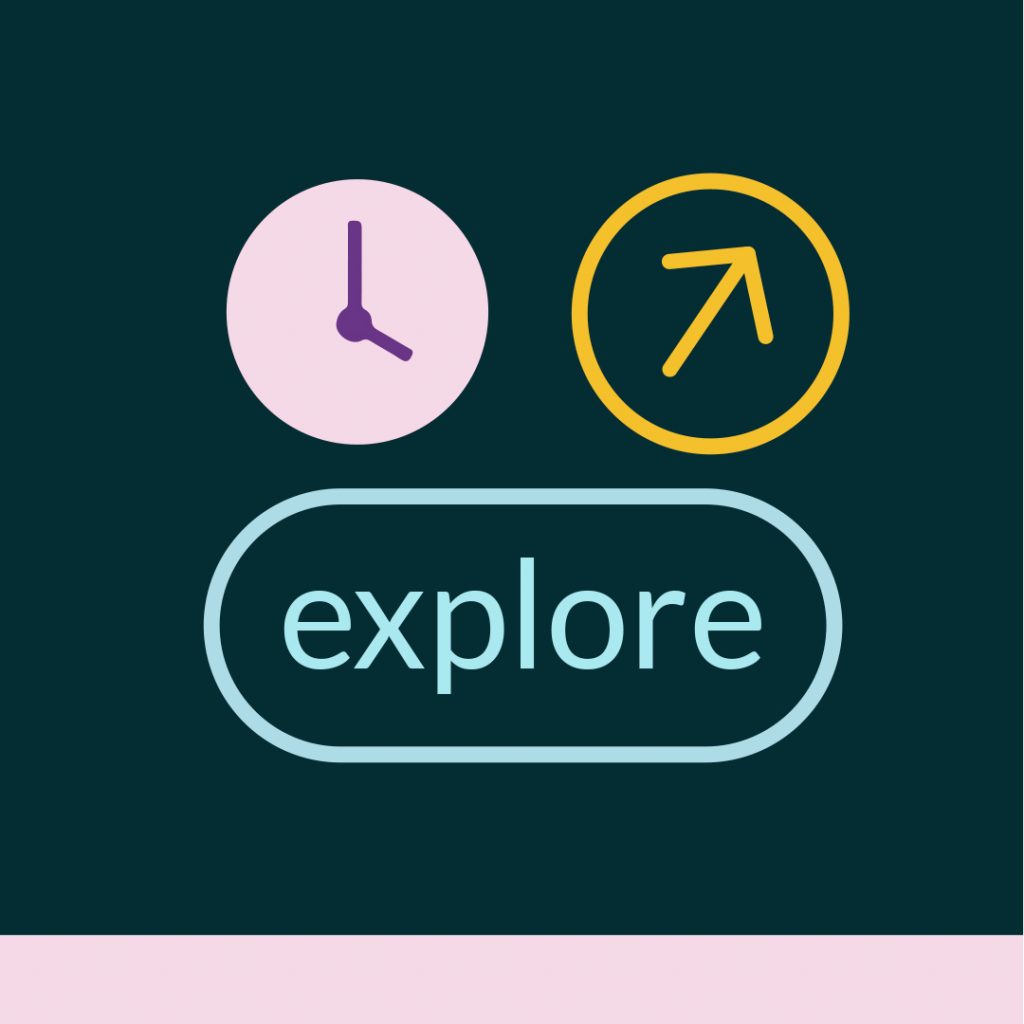The world has changed dramatically in the last two to three years. For example, millions of people have had to adapt to working remotely. And students are no exception. The pandemic caused a disruption in the normal order of things and instated a “new normal” Remote learning became standard for students around the globe. The world is more digitally connected than ever and new technologies are being constantly developed, like the metaverse, that can be used in a variety of fields. Let’s discuss what it is and what teaching in the metaverse is like.
What Is the Metaverse
The metaverse can be defined as a virtual, three-dimensional version of the real world on the Internet. Users, represented by avatars, interact as they would in real life communicating and participating in different activities. To be clear, avatars are virtual representations of a user’s persona and can be customized according to the user’s preferences.
Virtual reality (VR) and augmented reality (AR) facilitate the metaverse. Virtual reality is a simulated experience of the real world but on the Internet. On the other hand, augmented reality is an interactive experience based on aspects of the real world, like images or sounds, together with computer-generated content. Wearable computer-capable glasses and goggles enable the augmented reality experience.
Teaching in the Metaverse
The metaverse has many applications. Because it goes beyond geographical boundaries and other physical limitations, the metaverse can offer valuable services. For example, some brands are creating interactive experiences to promote their products in the metaverse, like Huyndai.
Besides the commercial applications, the metaverse has other uses, like teaching. Due to its immersive nature, the metaverse makes learning fun and engaging. It also integrates elements of gamification, which encourages student participation and engagement. The result in an immersive learning experience, where students interact with their peers and with 3-D objects without risk. For example, they can conduct all kinds of experiments in chemistry class without risking their safety.
EdTech companies are using the metaverse for practical training where real-life simulation prepares students for the real world. Anything from new languages to soft kills can be taught in the metaverse. According to a study by PwC, 42% of business leaders surveyed provide onboarding and training in the metaverse. And it is going to keep growing.
Teaching in the Metaverse Has Many Advantages:
- It increases student participation and focus
- Students are less distracted
- Students learn four times faster
- It can accommodate different learning styles
- Flexibility
- Speeds up upskilling
- Students are more emotionally connected
At English Services, we are constantly looking to incorporate new technologies and methodologies into our lesson plans. We believe that the metaverse is another space we can use to teach and help our students develop new skills and make learning fun. Get in touch and ask us how we can help your team.





